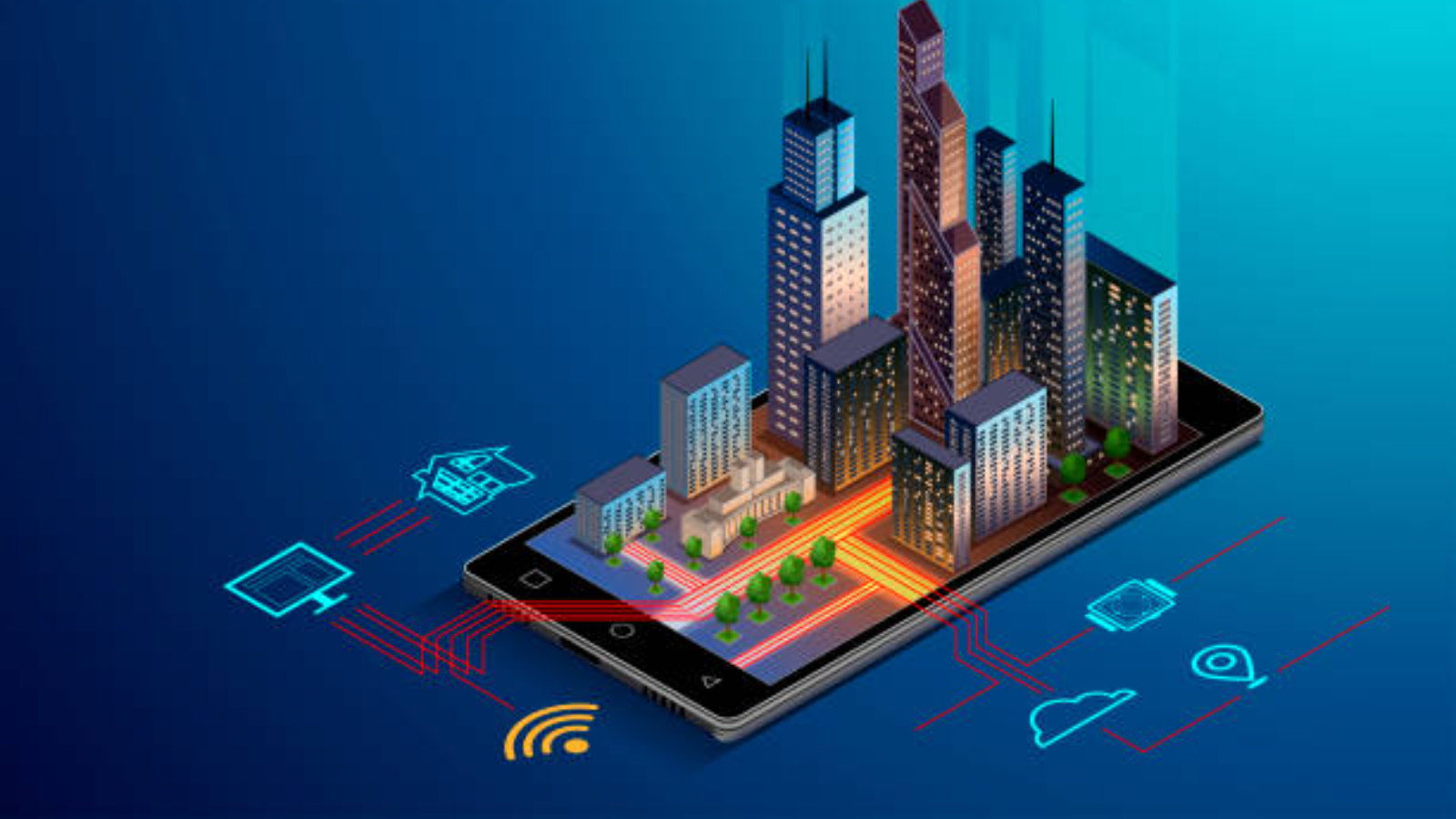In this Article
Introduction
The concept of smart cities has become a pivotal element in modern urban development. Integrating advanced technologies to enhance the quality of life for citizens, smart cities leverage data and digital tools to optimize infrastructure, public services, and environmental sustainability. A well-structured Smart City Project Model is essential for the successful planning, implementation, and management of these initiatives.
This guide delves into the core components of the Smart City Project Model, offering insights into its benefits, challenges, and practical application.
Understanding the Smart City Project Model
A Smart City Project Model serves as a blueprint for cities aiming to transition into smart cities. It outlines the essential components, strategic planning, and execution steps required to create a cohesive and efficient smart city ecosystem. The model focuses on various domains, including transportation, energy, health, public safety, and citizen engagement, ensuring a holistic approach to urban development.
Key Components
The model encompasses several fundamental elements which are essential for creating an integrated and efficient smart city. Some of the key components include:
- Infrastructure Development: Modern infrastructure is the backbone of any smart city. This includes upgrading physical infrastructure like roads, bridges, and buildings, and integrating digital infrastructure such as high-speed internet, IoT devices, and data centers. Smart infrastructure enables efficient management of resources and services, reducing operational costs and enhancing urban living standards.
- Data Management and Analytics: Data is the lifeblood of smart cities. The model emphasizes the importance of collecting, storing, and analyzing vast amounts of data generated by various urban activities. Advanced analytics and artificial intelligence (AI) are used to gain insights, predict trends, and make informed decisions. Effective data management ensures transparency, improves service delivery, and fosters innovation.
- Citizen Engagement and Services: Engaging citizens in the smart city ecosystem is crucial for its success. The model promotes the development of digital platforms and mobile applications that facilitate direct communication between citizens and city authorities. These platforms allow residents to access services, report issues, and provide feedback, fostering a participatory governance model.
- Sustainability and Environmental Impact: Sustainability is a core objective of smart cities. The Smart City Project Model includes strategies to reduce carbon footprints, promote renewable energy, and implement green building practices. Smart technologies such as energy-efficient lighting, waste management systems, and electric public transportation contribute to a sustainable urban environment.
Benefits
The smart model has numerous advantages that can transform urban living. Some benefits are listed below:
- Enhanced Quality of Life: By improving infrastructure, public services, and environmental conditions, the Smart City Project Model directly contributes to the well-being of citizens. Enhanced public safety, efficient transportation, and better healthcare services are among the key benefits.
- Economic Growth: Smart cities attract investment and talent, driving economic development. The implementation of advanced technologies creates new business opportunities and job markets, boosting the local economy.
- Resource Optimization: Smart city technologies optimize the use of resources such as water, energy, and land. This leads to cost savings, reduced waste, and more sustainable urban growth.
- Resilience and Adaptability: The model enables cities to become more resilient to challenges such as climate change, natural disasters, and economic fluctuations. By leveraging data and technology, smart cities can quickly adapt to changing circumstances and maintain continuity in services.
Challenges and Solutions
Implementing a Smart City Project Model comes with its set of challenges. However, these can be addressed through strategic planning and collaboration.
- Data Privacy and Security: The collection and use of large amounts of data raise concerns about privacy and security. Implementing robust cybersecurity measures and transparent data governance policies can mitigate these risks.
- Digital Divide: Ensuring that all citizens have access to digital services is crucial. Investing in affordable internet access and digital literacy programs can bridge the digital divide.
- Financial Constraints: Smart city projects require significant investment. Public-private partnerships, government grants, and innovative financing models can provide the necessary funding.
- Interoperability: Integrating diverse technologies and systems can be complex. Adopting open standards and fostering collaboration between stakeholders can enhance interoperability.
Conclusion
The Smart City Project Model is a comprehensive framework that guides cities in their journey toward becoming smart cities. By focusing on key components such as infrastructure development, data management, citizen engagement, and sustainability, the model ensures a well-rounded approach to urban development. While challenges exist, strategic planning and collaboration can overcome these hurdles, paving the way for smarter, more resilient, and sustainable cities.
How Can We Help?
The AlphaX ecosystem offers a suite of solutions to help cities navigate the complexities of implementing a Smart City Project Model. Our expertise in smart infrastructure, data management, and citizen engagement ensures that your city can achieve its smart city goals efficiently and sustainably. For more information, visit AlphaX Contact Us.
References
Related Blog Posts
How Smart Cities Connect: Getting Started with Edge AI and IoT Technology
How to Get Started with Edge AI and IoT Technologies in Smart Cities: Overcoming Integration Challenges In recent years, the concept of smart cities has evolved from a futuristic Read More
5 Step Strategy: Ensuring Security and Privacy in 15-Minute Smart Cities
Introduction Ensuring security and privacy in 15-minute smart cities is a critical challenge as urban areas become increasingly connected through IoT and edge AI technologies. These cities aim to Read More
What is a smart city and the challenge of legacy systems
How to Get Started with Integrating Legacy Systems in Smart Cities Smart cities are transforming urban landscapes by leveraging technology to improve the quality of life for residents. However, Read More




